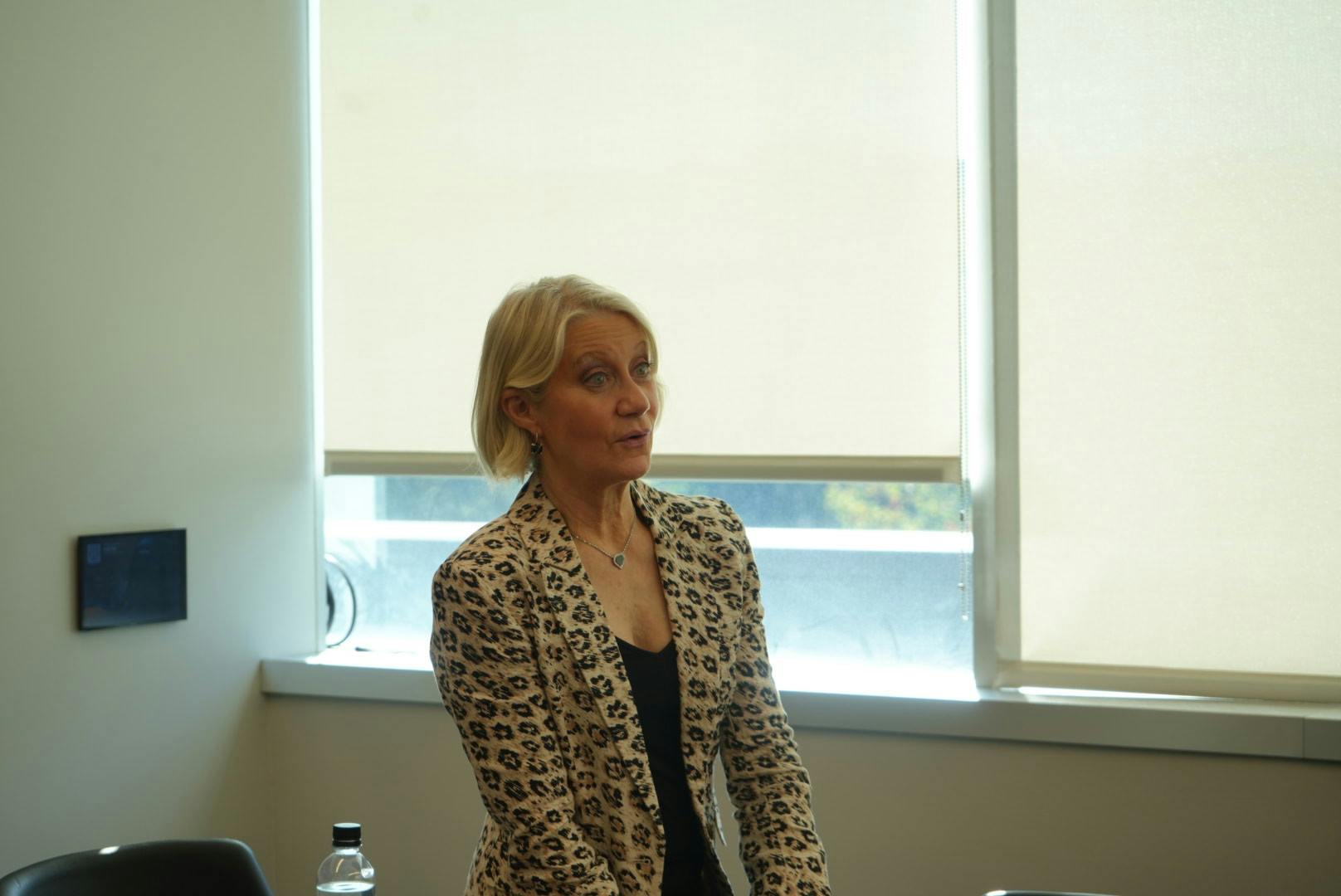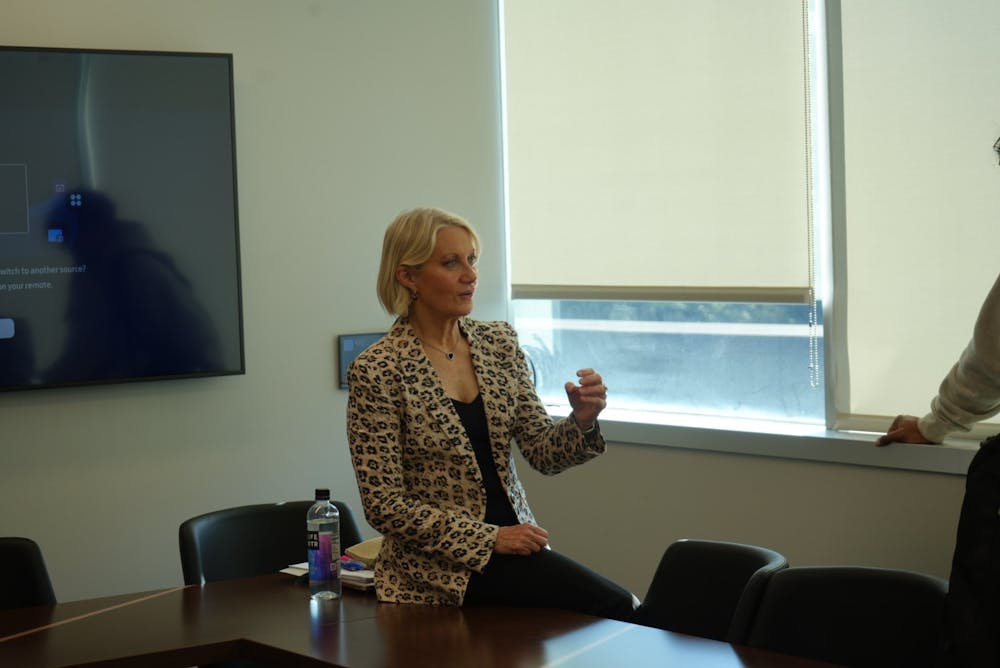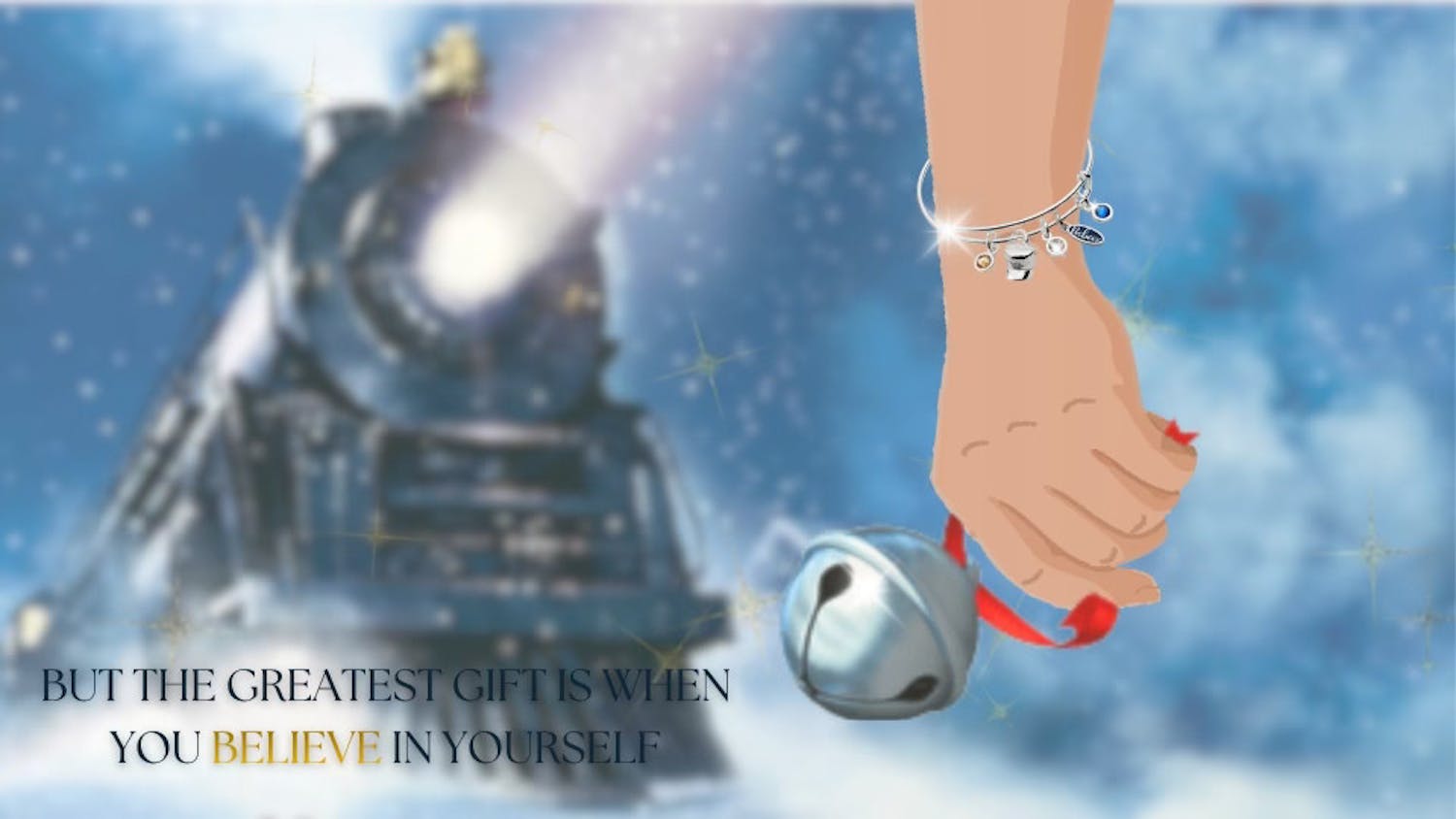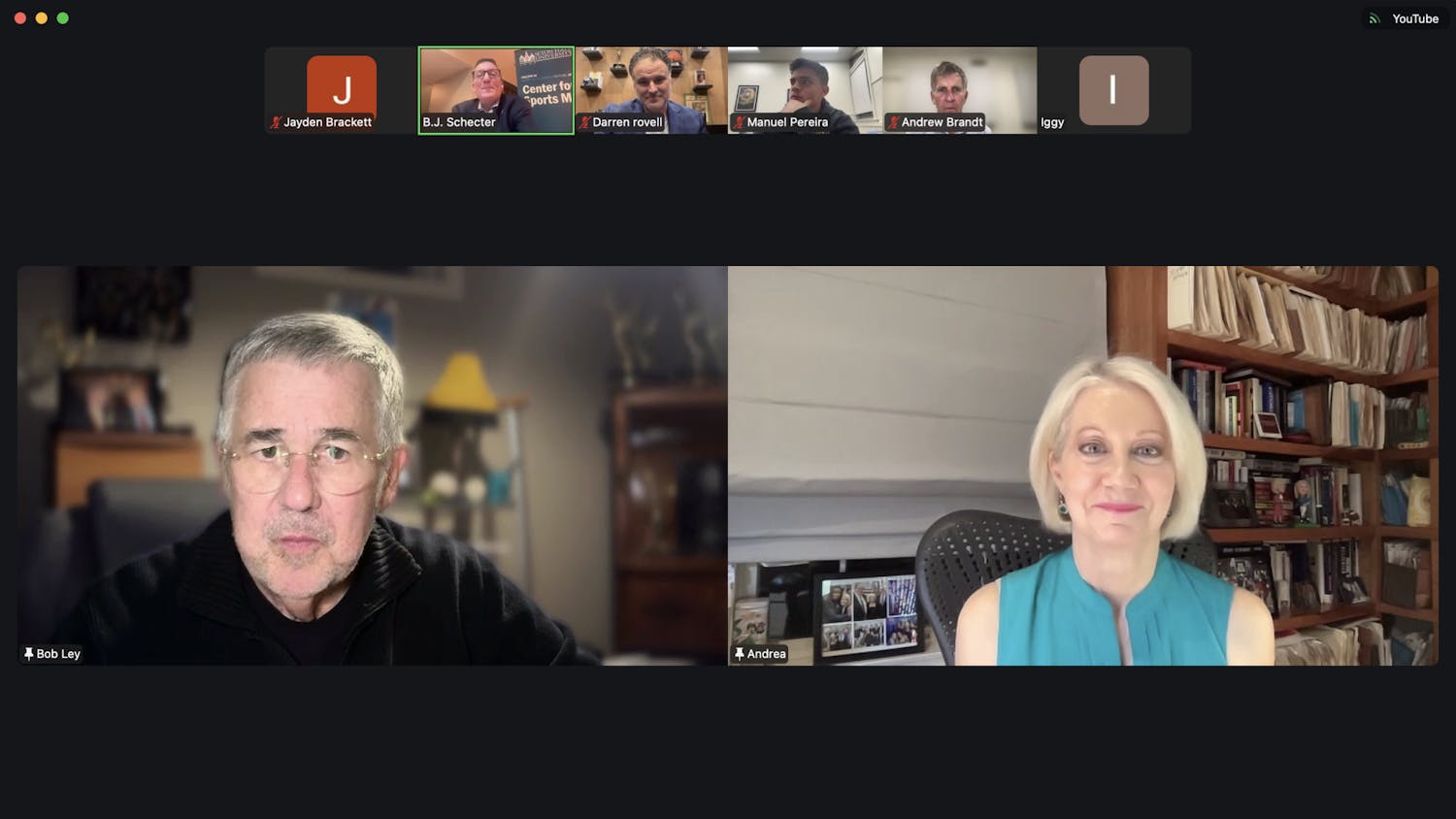“I think this phrase gets overused a lot, but I love to say this: everybody has a story—[and as a journalist] you have to find it, and you have to tell it.”
Said renowned sports journalist and broadcaster Andrea Kremer, who Seton Hall’s Center for Sports Media welcomed for an exclusive masterclass event in their new meeting room in Jubilee Hall on Oct. 9.
A nine-time Emmy award recipient, Kremer has worked with several major sports media outlets over the course of her illustrious career (ESPN, NBC, and CBS, just to name a few). In 2024, she was recognized for her many contributions to the sports broadcasting industry with her induction into both the National Sports Media Hall of Fame and Sports Broadcasting Hall of Fame.
Six years prior, the Pro Football Hall of Fame presented Kremer with the prestigious Pete Rozelle Radio-Television Award, which recognizes “longtime exceptional contributions to radio and television in professional football,” according to their website.
During the event, Kremer broke down what she considers the most impactful story of her career: her investigative piece for HBO’s “Real Sports” on “Bikram yoga” and its founder, Bikram Choudhury.
Choudhury is one of the most controversial figures in the yoga world: although he is credited in part with popularizing “hot yoga,” several of Choudhury’s students have accused him of verbal and sexual assault over the years. For her piece, Kremer sat down for an interview with both the alleged victims of Choudhury and the yoga guru himself.
In breaking down the story and her role in it, Kremer sought to explore the “different ways we can assess aspects of storytelling, journalism, and interviewing,” with an emphasis on storytelling. Using the acronym “C.A.N.,” she separated what constitutes good journalistic storytelling into three distinct yet related parts.
“Character, action, narrative,” Kremer said. “These are basically the three ‘tent-poles’ that we’re looking for in terms of what makes a good story.”
“And they all compliment each other,” Kremer added. “When I say good character, I mean someone who’s compelling, someone who’s charismatic. Now, say you’ve got a character who is not particularly charismatic—do you have great footage to show? Do you have good B-roll? And then what kind of narrative do you have—what’s the story you’re trying to tell?”
Kremer maintained that telling a good story means “pulling back the curtain” for the audience—who the journalist is always in service to.
“[Good storytelling] is a matter of, ‘What can I show the audience?’ [and] “Where can I bring the audience?’’” she said. “‘[How can I] bring them somewhere they’ve never been, [or] show them something they’ve never seen?’”

Andrea Kremer at Seton Hall's Center for Sports Media latest masterclass event | Photo via Christian Hui | The Setonian
Of course, before a journalist has a story to tell, they must first find one they think is worth telling. Kremer said a journalist “can find a story anywhere,” and listed a number of ways they could do so.
“Talking to people, listening to people, observing people,” she said. “That’s what you do [as a journalist]—you find people’s stories, and telling [them] is [both] a pressure and a privilege.”
According to Kremer, an effective way of telling someone’s story is interviewing them. Few people would know this better than Kremer, who has interviewed countless people in the sports world, from athletes and coaches to figures like Choudhury.
As such, she separates good interviewing into two equally important parts: listening and silence.
“You validate [your subject] by listening to them,” she said. “[And by showing] them that you actually care about what they’re saying.”
Kremer reminded her audience of students that while it’s the journalist’s story to tell, it’s the subject’s story to live, which makes listening crucial to telling a story well and accurately.
“This is your credibility, especially as young journalists,” she said. “Any sources that you’re dealing with, if you screw them over, you’re done—that’s your credibility.”
She then turned her attention to silence, emphasizing that journalists should “let their questions breathe” and their subjects feel whatever their feeling.
“[As a journalist,] silence is your friend,” she added. “If somebody’s crying, let them cry.”
Kremer explained that because most people are afraid of silence, they “jump in” and “fill the gap” in conversation that it creates. This often leads to them revealing more about themselves or elaborating further on what they’re thinking or feeling—a phenomenon that Kremer calls, “peeling back the onion.”
“This is the beauty and the essence of storytelling," she said. “You just want to keep somebody in the moment—you want to keep them talking about whatever it is that they’re sharing with you.”
She also mentioned the importance of preparation, calling it the journalist’s “armor” when they go into a story or interview.
“Success is about preparation,” Kremer said. “If you go in prepared, you’re going to feel a whole different way about covering a story, shooting an interview—whatever it is.”
To illustrate the importance of preparation, Kremer offered an anecdote from her experience with Choudhury: before interviewing the yoga guru, who regularly exhibits the traits and behavior of a narcissist, Kremer consulted a psychologist.
“And one thing that [the psychologist] told me is that, when you are dealing with a narcissist and you try to combat them, it’s not going to work out for you,” she said. “So it all came down to one thing for me: remaining calm.”
The advice she received helped her feel more prepared for the interview, especially on how to approach and engage with her subject during it.
“You just try to prepare for all eventualities,” she added. “[And] all this preparation has to be in the back of your mind so you can draw upon it when you need it”
Addressing her audience of students once more, Kremer emphasized that although they might not realize how helpful her advice can be for them now, they may come to appreciate it in the future.
“It’s all these little things that nobody tells you, that nobody ever told me,” she said. “So if I can pass some of these little things onto you, [hopefully] they can help you.”
“I promise you that down the road at some point, you may have that ‘Eureka’ moment where you go, ‘Oh that’s what Andrea meant by that,’” she added.
Still addressing the students, Kremer also stressed that curiosity is the key to success for those aspiring to work in the sports journalism industry someday.
“Let me leave you with this: at the end of the day, just be curious,” Kremer said. “[Ask yourself,] ‘What do I really want to know?’ [and] ‘What do my listeners, my readers, or my viewers really want to know?’”
“Nothing will beat natural curiosity—it is what will set you apart,” Kremer added. “[And I hope] that you all get the chance to tell some stories that are really meaningful and impactful to people someday.”
Zachary Mawby is the head editor of The Setonian’s Sports section. He can be reached at zachary.mawby@student.shu.edu.





